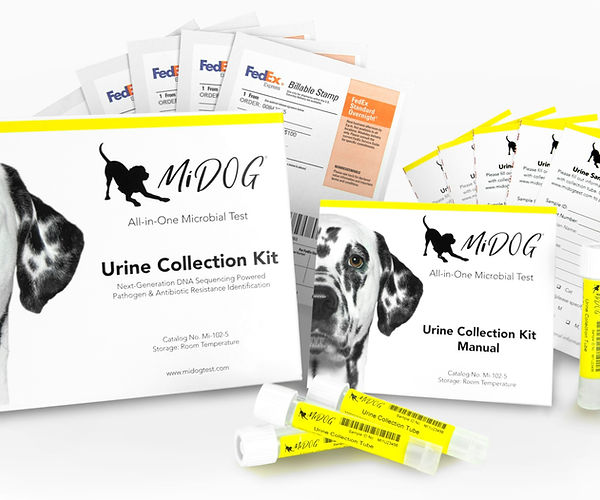
The saying fine feathers make fine birds holds some truth, as the state of your exotic bird’s feather can indicate the health status of your feathery friend. While poor feathering can indicate several ailments, one notable concern is avian tuberculosis. Avian tuberculosis can be caused by several mycobacterial species, with tubercular nodules presenting in an infected bird’s liver, spleen, intestine, lungs, air sacs, skin, and/or bone marrow [1]. This infection is challenging to identify and resistant to treatment, and so it is important for any bird owner to be aware of signs of this difficult-to-diagnose disease [2].
Avian tuberculosis is painful for your feathery friend and if left untreated can result in serious health complications and death. If you suspect your bird has tuberculosis, bring your pet to your exotic veterinarian as soon as possible.
What is Avian Tuberculosis?
While the incidence rate of avian tuberculosis is estimated to range from 0.5% to 14% in pet birds, all birds regardless of species are susceptible to contracting the disease [3]. Avian tuberculosis is predominantly caused by the Gram-positive, aerobic bacilli Mycobacterium avium and M. genavese [4]. Additionally, other bacterial species such as M. intracellulare, M. scrofulaceum, M. fortuitum, M. tuberculosis, and M. bovis can cause avian tuberculosis [1]. These opportunistic bacteria are transmitted through ingestion or inhalation of the organism through exposure from an infected bird [5]. Because these microorganisms are capable of persisting for several years, providing proper standards of avian husbandry in low-stress environments is key in reducing transmission rates [6].
Avian tuberculosis has a long incubation period characterized by a progressive deterioration in health [6]. Symptomatic stages of the disease can last weeks or months. Classification of avian tuberculosis progression is broken into latent, lesion development, and cachexia (weakness/wasting due to chronic illness) phases [1]. The cachexia phase of avian tuberculosis presentation may manifest in three different ways: 1) tubercular masses develop in various organs; 2) lesions appear in the intestinal tract; 3) nontuberculous infections proliferate (common in psittacines, canaries, and finches) [1].
Clinical presentation of avian tuberculosis is influenced by bird species, the virulence of the strain, infection load, stress, age, and the types of organs afflicted [5]. While tuberculosis infections may be in the latent stage, it is important to know the clinical presentation of the disease when symptoms arise. Symptoms include but are not limited to:
- Emaciation
- Diarrhea
- Marked atrophy of breast muscle
- Weakness
- Difficulty breathing
- Poor feathering

The image above is a 3D illustration of Mycobacterium avium-intracellulare.
Avian Tuberculosis Treatment
Avian tuberculosis is a zoonotic disease that can transfer to humans [3]. Your exotic pet veterinarian will test your feathery friend to determine the strain of bacteria causing your pet’s infection. Unfortunately, treatment for avian tuberculosis is becoming increasingly difficult with the rise of drug-resistant M. avium strains [5]. Considering the drugs prescribed for the treatment of tuberculosis in both humans and birds are the same, drug-resistant strains are a public health concern [5]. Ultimately, prevention is best.
Your exotic bird veterinarian can help you identify possible lifestyle changes you and your bird can make to improve their quality of life and lessen the risk of avian tuberculosis infection. This entails understanding the exact pathogen that is impacting your bird, with modern technological advances allowing for more targeted clinical diagnostic interventions.
Diagnosing Avian Tuberculosis
Diagnosis of avian tuberculosis is particularly complex, largely due to the absence of clinical presentation until the disease has progressed too far. Acid-fast bacilli biopsy tests are used to diagnose M. avium infections, but if acid-fast bacilli are not found despite the clinical presentation of avian tuberculosis, culture-based diagnostics have historically been used [1]. Culture-based diagnostics for avian tuberculosis entail a lengthy process that takes approximately eight weeks [5]. Consequently, this diagnostic procedure is often performed post-mortem and is more useful in identifying potential infections in birds that were cohabiting with the infected bird. This methodology clearly has its shortcomings for clinical interventions.
Fortunately, Next-Gen sequencing (NGS) has increasingly helped researchers and veterinarians characterize avian microbiota [7]. A study aimed to detect the presence and characterize an M. avium subspecies using NGS techniques has reaffirmed the importance of NGS approaches in avian diagnostics [7]. This research indicates the clinical applicability of using genomic sequencing to identify, analyze, and eventually treat mycobacterial infections more effectively. The fast turnaround time when compared to culture-based diagnostics makes NGS particularly promising for potential intervention for sick birds.
Despite its name, the MiDOG All-in-One Microbial Test may provide the answer to the diagnostic conundrum that avian tuberculosis poses on your feathery friend. Utilizing NGS technology to detect and quantify all microbial DNA through untargeted and comprehensive sequencing and quantitative comparisons to reference databases, the MiDOG NGS technology provides a useful opportunity to shed light on the microbial makeup of your bird’s infection for clinical application. The MiDOG microbiome test is a microbial identification test grounded on scientific research that provides veterinarians DNA evidence for the guided treatment of bird infections, such as tuberculosis.
Learn more tips in this extensive guide to parrot care.

Find out if your vet uses MiDOG before you book your next appointment!
References:
[1] Dhama, K., Mahendran, M., Tiwari, R., Dayal Singh, S., Kumar, D., Singh, S., & Sawant, P. (2011). Tuberculosis in Birds: Insights into the Mycobacterium avium Infections. Veterinary Medicine International, 2011, 1-14. doi: 10.4061/2011/712369
[2] VanDerHeyden, N. (1997). Clinical manifestations of mycobacteriosis in pet birds. Seminars In Avian And Exotic Pet Medicine, 6(1), 18-24. doi: 10.1016/s1055-937x(97)80037-0
[3] Slany, M., Ulmann, V., & Slana, I. (2016). Avian Mycobacteriosis: Still Existing Threat to Humans. Biomed Research International, 2016, 1-12. doi: 10.1155/2016/4387461
[4] Fulton, R. (2021). Tuberculosis in Poultry – Poultry – Veterinary Manual. Retrieved 12 April 2021, from https://www.merckvetmanual.com/poultry/tuberculosis/tuberculosis-in-poultry
[5] TELL, L., WOODS, L., & CROMIE, R. (2001). Mycobacteriosis in birds. Revue Scientifique Et Technique De L’oie, 20(1), 180-203. doi: 10.20506/rst.20.1.1273
[6] Shivaprasad, H., & Palmieri, C. (2012). Pathology of Mycobacteriosis in Birds. Veterinary Clinics Of North America: Exotic Animal Practice, 15(1), 41-55. doi: 10.1016/j.cvex.2011.11.004
[7] Wynne, J., Seemann, T., Bulach, D., Coutts, S., Talaat, A., & Michalski, W. (2010). Resequencing the Mycobacterium avium subsp. paratuberculosis K10 Genome: Improved Annotation and Revised Genome Sequence. Journal Of Bacteriology, 192(23), 6319-6320. doi: 10.1128/jb.00972-10
Categories: Birds/Parrots, Exotic Pets

